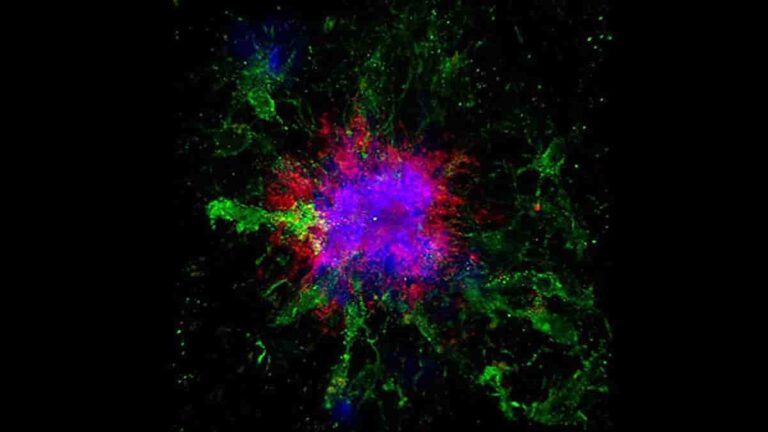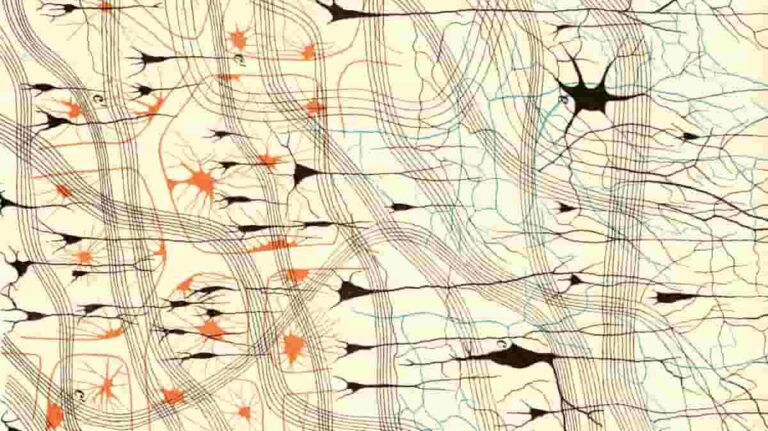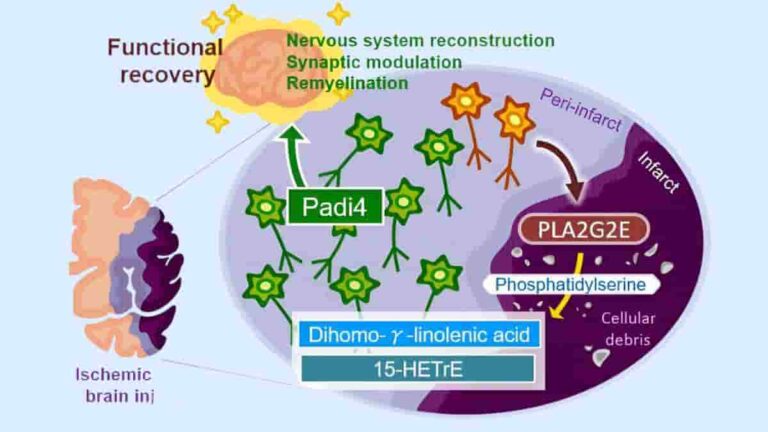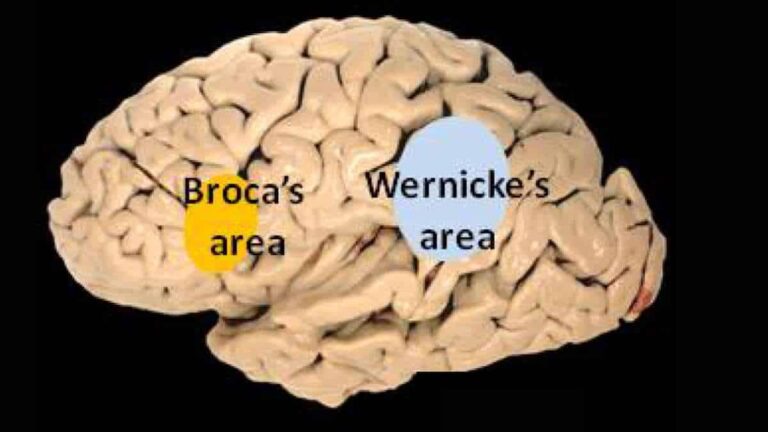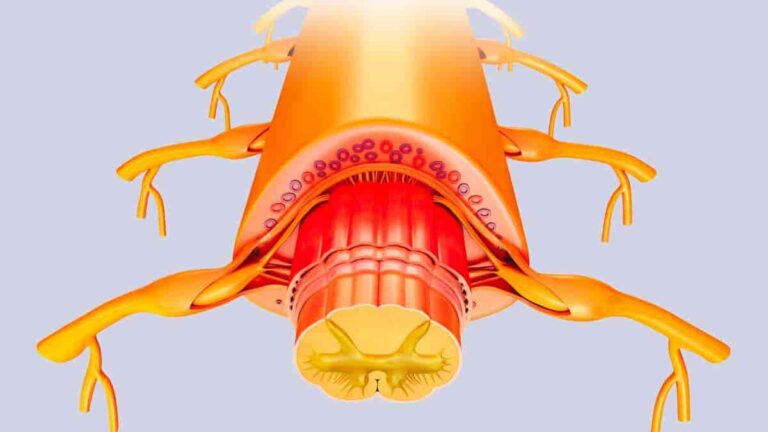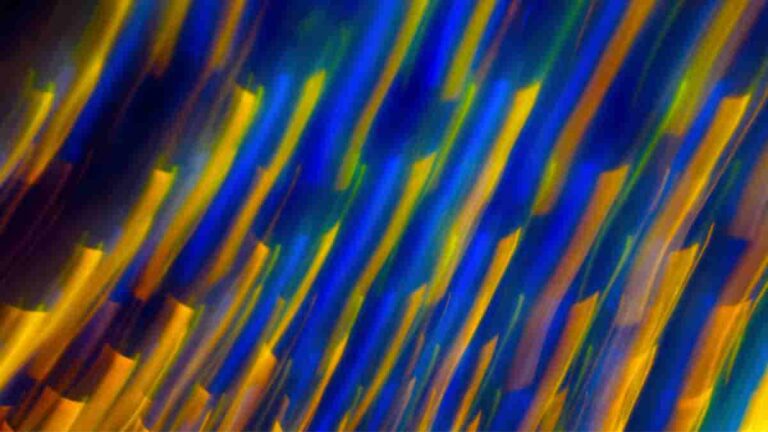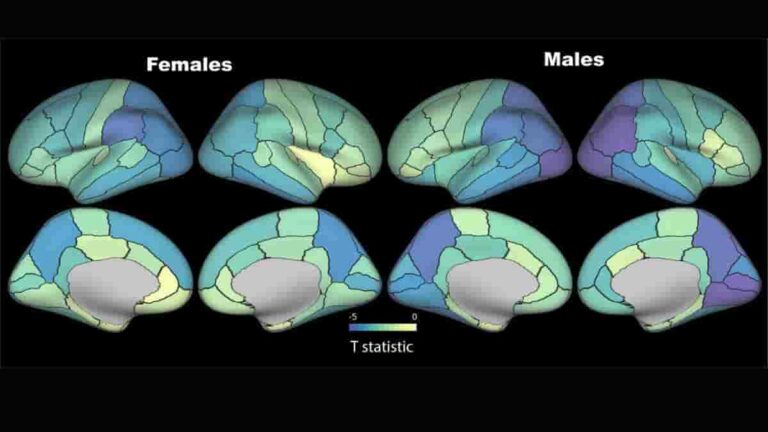The interruption of the body’s circadian rhythm, the internal biological clock that regulates many of our physiological functions, is one of the hallmarks of Alzheimer’s disease. Almost 80% of persons with Alzheimer’s suffer these symptoms, which include difficulties sleeping and decreasing cognitive function at night. However, this aspect of Alzheimer’s disease is not currently addressed…
Category: Neurology
Engineered Probiotic Holds Brain Autoimmunity In Check
A novel strategy to target autoimmunity in the brain makes treatment safer and more effective by utilizing designer bacteria. Autoimmunity in the brain is central to several diseases, including multiple sclerosis. In a new study, researchers from Brigham and Women’s Hospital demonstrated the treatment’s potential using preclinical models of these diseases, discovering that the technique…
Visual Snow Syndrome Patients Show Different Glutamate and Serotonin Brain Activity
In people with visual snow syndrome, the patterns of activity in two brain chemical systems, glutamate and serotonin, differ from those in people without the condition, researchers from the Institute of Psychiatry, Psychology & Neuroscience (IoPPN) at King’s College London have shown. The researchers used previously collected scanning data from 24 patients with visual snow…
Newly Found Post-ischemic Stroke Brain Self-repair Mechanism
Patients frequently experience functional decline following an ischemic stroke, owing to the brain’s resistance to regeneration after damage. However, there is still hope for recovery because surviving neurons can activate repair mechanisms to limit and even reverse the stroke’s damage. But how is it triggered? Tokyo Medical and Dental University (TMDU) researchers have provided new…
What is Wernicke’s Area
Wernicke’s area is one of two areas of the cerebral cortex associated with speech, the other being Broca’s area. In contrast to Broca’s area, which is primarily concerned with language production, Wernicke’s area is involved in the comprehension of written and spoken language. It is a hotdog-shaped section in the left hemisphere’s temporal lobe. Wernicke’s…
Concussion Does Not Reduce Children’s IQs, Study Finds
Undoubtedly, one of the common experiences of parenthood is the anxiety parents experience when their kids get hurt. When concussions are involved in those injuries, that concern is amplified significantly. However, a recent study from the University of Calgary may allay some parents’ fears. The findings, based on emergency room visits in children’s hospitals in…
Aging Affects Immune Cell Response After Spinal Cord Injury
Age diminishes the immune system’s capacity to respond to spinal cord injuries, according to a new study from researchers at the University of Virginia. This study identifies potential avenues for improving this response and aiding in the recovery of patients. The results shed light on how the immune system responds to spinal cord injuries and…
Retinal Blood Vessel Damage May Be Driver for Alzheimer’s
Blood vessel abnormalities in the eye are a significant factor in the progression of Alzheimer’s disease, according to research conducted by researchers at Cedars-Sinai Medical Center. These alterations correspond to alterations in the brain, highlighting a new opportunity for early diagnosis. The study sheds new light on the vascular changes associated with Alzheimer’s disease, particularly…
Telomere Shortening Linked to Brain Changes Caused by Alzheimer’s
Changes in the brain caused by Alzheimer’s disease are associated with shortening of the telomeres — the protective caps on the ends of chromosomes that shorten as cells age — according to a new study. Telomeres on chromosomes protect DNA from degradation, but they lose some length each time a cell divides. Short telomeres are…
